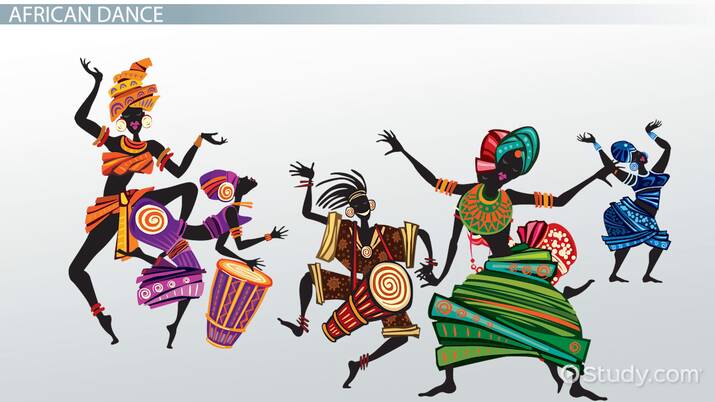6.2 Purpose and Audience in African Art
2 min read•june 18, 2024
Laurie Accede
AP Art History 🖼
34 resourcesSee Units
In African art, the purpose and audience of a work often reflect the cultural, spiritual, and historical context in which it was created.
As read this study guide, you will notice the similarities in the purposes and audiences of African Art and the Art of the Indigenous Americas.
Purpose of African Art
Below are some of the key purposes in African Art. 👇
- Many African artworks were created to serve religious or spiritual purposes, such as honoring ancestors and/or invoking gods/spirits.
- African art can also serve social and political purposes, such as symbolizing power, status, and wealth. It was also used to commemorate a ruler's accomplishments.
- African art is also a means of personal and cultural expression, reflecting the individual and collective experiences, beliefs, and values of African communities.
Similar to Indigenous art, African art is participatory. Some art, like the various masks in this unit, are meant to worn and performed during rituals. African art is dance 💃 and music 🥁. It is a full sensory experience. Therefore, as you look at the images in this unit, pay close attention to the contextual photographs presented in the CED. They will give you an idea of the artworks' cultural functions.

Image Courtesy of study.com
Audience in African Art
The audience of African art is the local community, and it is typically presented to them in the form of ceremonies. The object generally belongs to its commissioner, which could be family or a ruler. Sometimes there are excepts. An example is the Portrait Mask (Mblo) from the Baules people of Côte d'Ivoire. The mask is worn as tribute to a particular person in the community, and after the performance the honoree receives the mask.
Browse Study Guides By Unit
🗿Unit 1 – Global Prehistoric Art, 30,000-500 BCE
🏛Unit 2 – Ancient Mediterranean Art, 3500-300 BCE
⛪️Unit 3 – Early European and Colonial American Art, 200-1750 CE
⚔️Unit 4 – Later European and American Art, 1750-1980 CE
🌽Unit 5 – Indigenous American Art, 1000 BCE-1980 CE
⚱️Unit 6 – African Art, 1100-1980 CE
🕌Unit 7 – West and Central Asian Art, 500 BCE-1980 CE
🛕Unit 8 – South, East, and Southeast Asian Art, 300 BCE-1980 CE
🐚Unit 9: The Pacific, 700–1980 ce
🏢Unit 10 – Global Contemporary Art, 1980 CE to Present
📚Study Tools

Fiveable
Resources
© 2025 Fiveable Inc. All rights reserved.